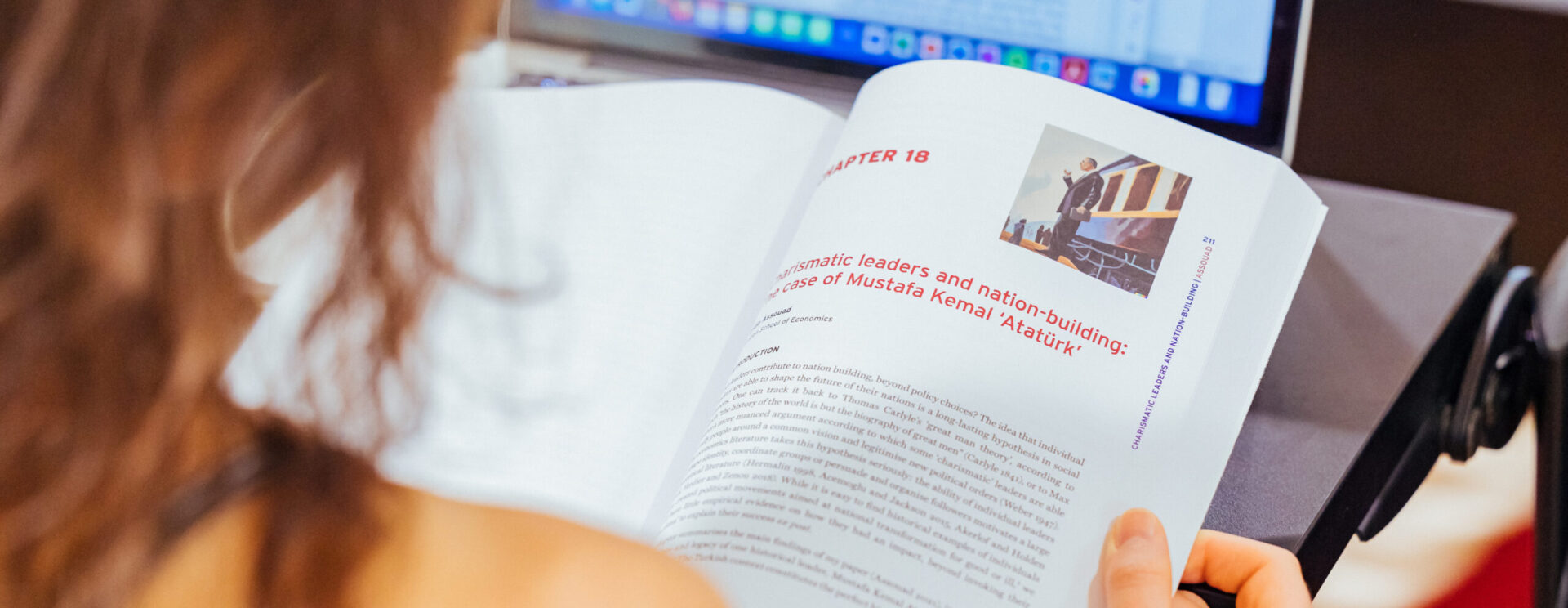Contribution of seismic and ambient noise records for site-specific seismic hazard assessment in low to moderate seismicity area
Thesis: Site effects can greatly increase both the duration and the amplitude of the seismic solicitation imposed on structures. 2D-3D site effects induce broadband amplifications that cannot be simulated up to high frequency (>2-4 Hz) due to the limited resolution of the geological, geophysical and/or geotechnical information. Empirical site effect assessment is therefore essential for reliable observations of this complex phenomenon up to high frequency. However, such assessments often require good quality records from many earthquakes that cannot be rapidly obtained in low seismicity areas.This work presents a comparative analysis of these empirical evaluations on two very different sites, the first in a moderate seismicity context (Provence, France) and the second in a very active context (Kefalonia, Greece). For the Provençal site, nearly 500 earthquakes were recorded in only 2½ years thanks to the use of velocimeters. The site attenuation parameter κ_0 could thus be measured both on the acceleration (κ_(0_AS)) and displacement (κ_(0_DS)) spectra. Our results show that the measurement of κ_0 is relatively reliable on rock sites only, mainly due to the too great disturbance by the amplification for sedimentary sites, even for those that are quite stiff. The standard spectral ratio (SSR) approach provides the relative site effects from the numerous weak motion recordings available at sites located in Provence and Kefalonia. The results show a strong epistemic variability due to the lighting induced by the position of the seismic source with respect to the basin. Thus, while a reliable site response estimation is possible from only a few events for 1D geometries, it requires much more earthquakes evenly distributed around the site when the geometry is 2D-3D. The mean SSR results are then compared with those obtained from methods using the ambient noise. As expected, the H/V spectral ratio approach (HVSR) provides only the fundamental frequency for some sites. Conversely, SSR applied to ambient noise (SSRn) shows very similar results to the SSR method up to high frequency, provided that the reference site is taken in the sedimentary basin. Approaches using the noise correlation (coherence and ANIRF) reveal that the transfer function relative to a rock reference site can be estimated at least up to low frequency (
Keywords
- Site effects
- Empirical method
- Low seismicity
- Seismic hazard
- Kappa
- Ambient noise
Issuing body(s)
- Université Grenoble Alpes
Date of defense
- 15/09/2017
Thesis director(s)
- Pierre-Yves Bard
- Céline Gélis
- Fabrice Hollender
URL of the HAL notice
Version
- 1
